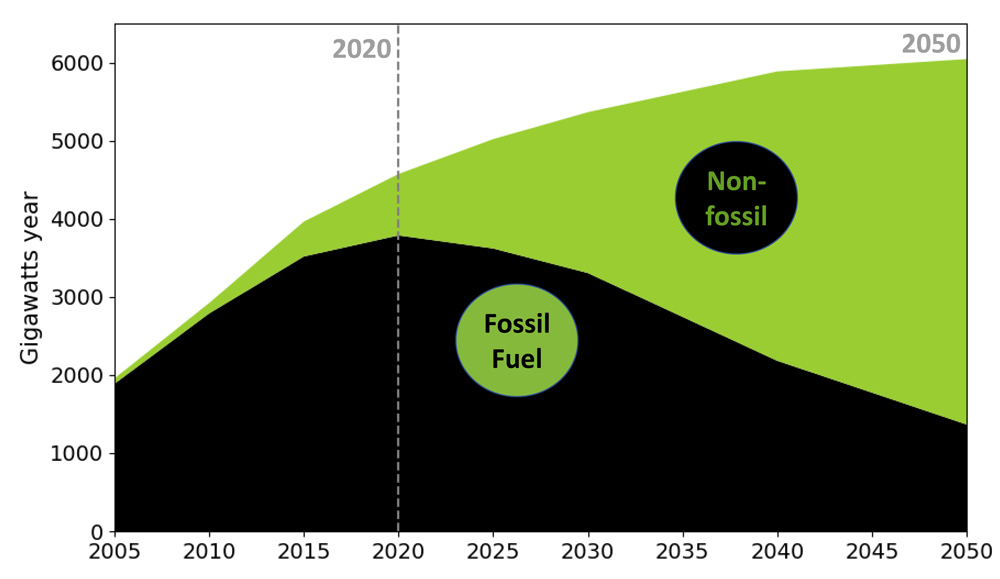Chinese Academy of Sciences
On September 22, 2020, China announced its climate goal to peak carbon emissions before 2030 and reach carbon neutrality before 2060, which is called Double Carbon Goal or Shuang Tan" in Chinese.
However, the needed transition towards non-fossil fuel energy represents a "Yin to Yang reversal": the challenges are enormous, according to a perspective article recently published in Advances in Atmospheric Sciences.

The study was conducted by the Institute of Atmospheric Physics of the Chinese Academy of Sciences, the Energy Research Institute of the National Development and Reform Commission, University of Maryland, the Breakthrough Institute, Tsinghua University, and the Ministry of Climate Change of Pakistan.
It provides several insightful pathways toward China's goal and analysis of four representative scenarios that show different ways to achieve carbon neutrality.
A typical scenario to achieve China's carbon neutrality goal before 2060 would require a complete reversal of relative energy proportion to the nation's total energy supply. This includes an unprecedented rapid increase in renewable energy and nuclear generation, and a decrease in fossil fuel use less than 30 years after peak carbon emissions.
In all these scenarios, implementing non-fossil fuel energy sources is the primary component. Nuclear, wind, and bio energy approach their corresponding resource limitations in each situation, with solar energy as an exception. This suggests that solar energy is critical to any carbon neutrality goal.
The recently achieved price equality of solar and wind energy compared to fossil fuel sources lays the foundation for the ambitious goal. However, the needed large-scale deployment is subject to technological and commercial bottlenecks.
Researchers also recommend a cautious approach with conventional nuclear electricity generation, and a faster phaseout of coal powered plants. More aggressive distributed solar such as agrivoltaics, wind, small and modular nuclear, smart grid, and energy storage action is needed.
/Public Release. This material from the originating organization/author(s) might be of the point-in-time nature, and edited for clarity, style and length. Mirage.News does not take institutional positions or sides, and all views, positions, and conclusions expressed herein are solely those of the author(s).View in full here.






